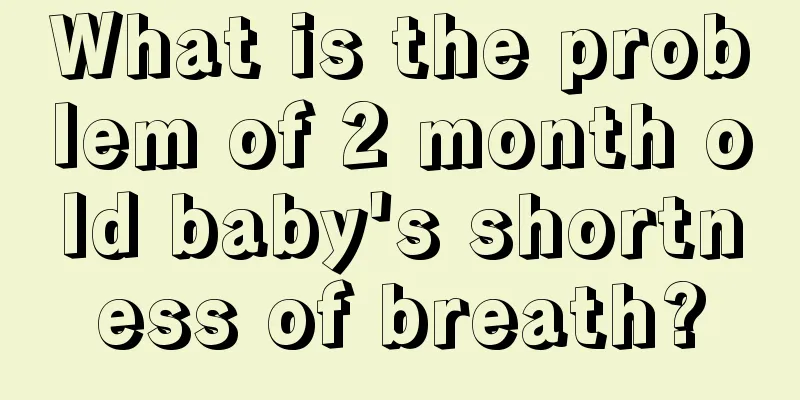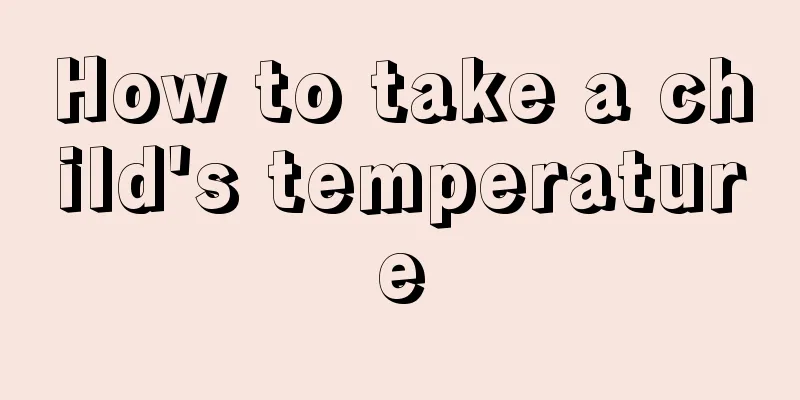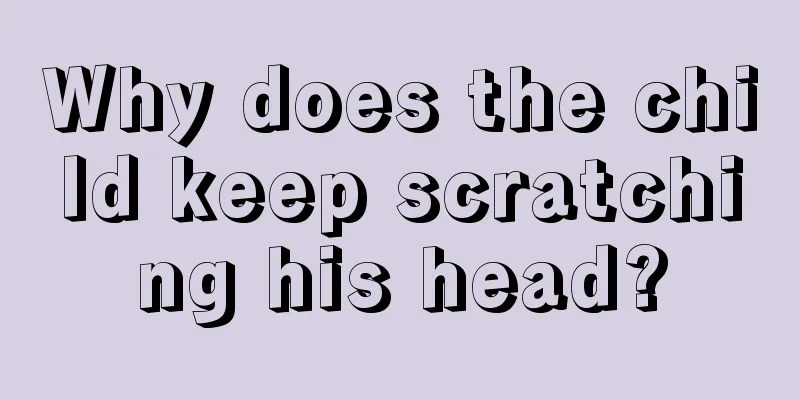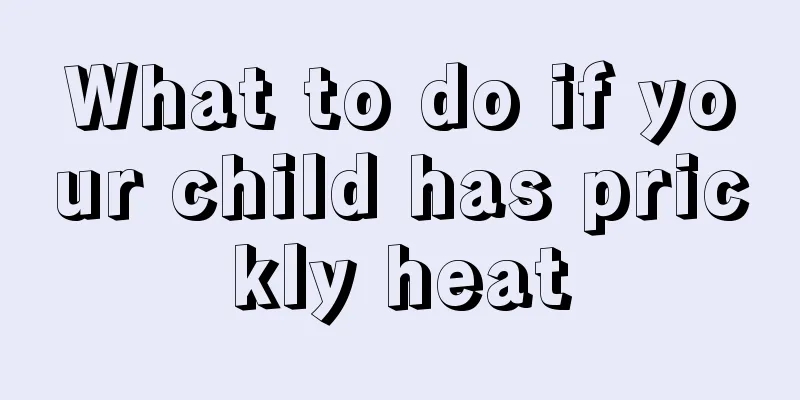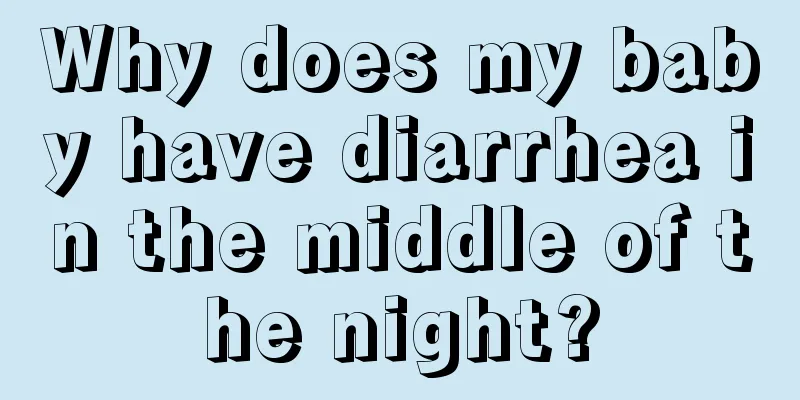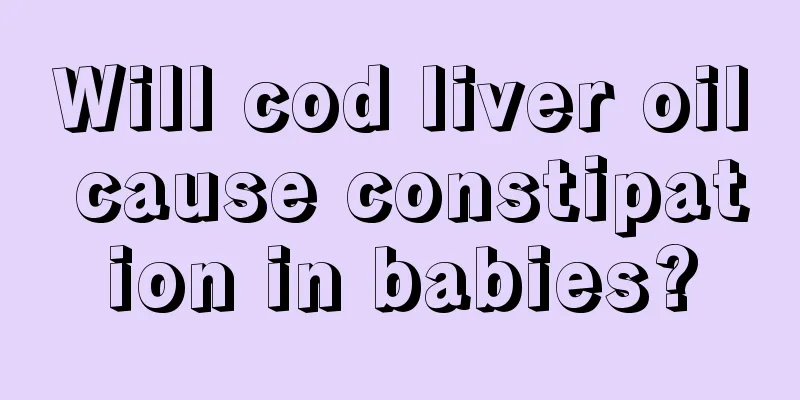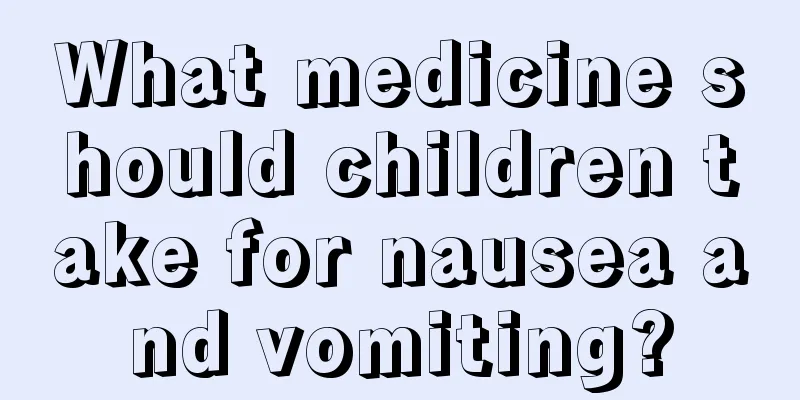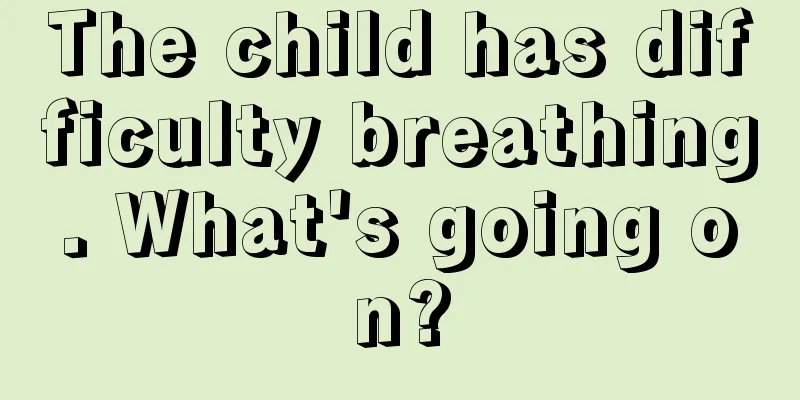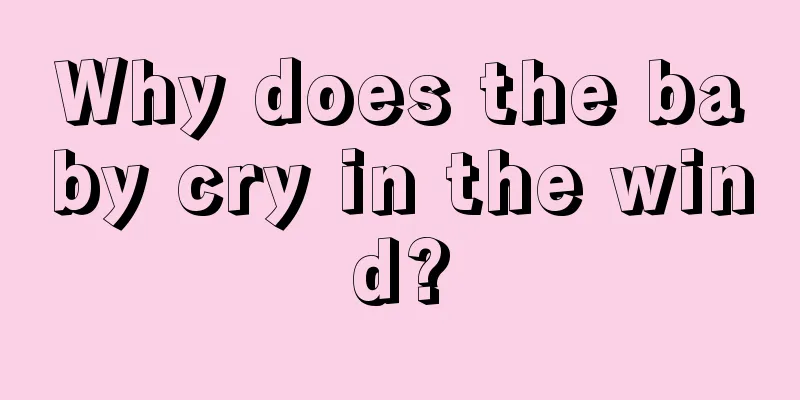How to massage a child to reduce fever
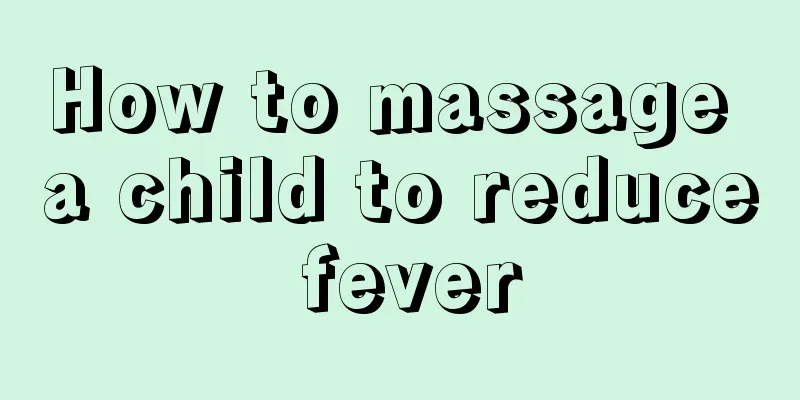
|
Children are particularly prone to fever when they are at school. Many parents will feel unprepared when their children have a fever. They often give their children some antipyretic drugs. When the child's fever does not go down after taking the medicine, they will immediately rush to give the child another medicine. In fact, there are still many ways to reduce fever for children, such as massage. So how can massage reduce fever for children?
It is common for children to have a fever, which is usually caused by a cold. Since children's temperature regulation center is not yet fully developed, they are easily affected by external factors and cause temperature fluctuations. It is generally recommended not to exceed 38 degrees. There is no need to take antipyretics. Physical cooling can be used as the main method, such as rubbing the body with alcohol and washing the face and forehead with warm water. If the child's fever is less than 38.5℃, do not give him antipyretics as soon as he has a fever, especially if he seems to be in good spirits. It is best to use physical cooling methods first. Below, the doctor introduced several simple and effective physical therapy methods to parents: 1. Let your child drink more hot water, cover himself tightly with bedding, and sweat more. 2. Apply cold compress to the head: soak a towel with cold water or apply an ice pack to the child's forehead, changing it every 5 to 10 minutes. 3. Take a warm bath, control the water temperature at around 37°C, and use water to stimulate the passive expansion of blood vessels to promote heat dissipation. When giving your child a sponge bath, apply force evenly and stay for a while when rubbing the armpits, groin and other areas with rich blood vessels to allow for better heat dissipation. After a warm water bath, wrap the child in a large towel.
Breathing is smooth: Immediately help the baby lie on his stomach sideways, with his head tilted slightly back and his chin slightly protruding forward, without a pillow. Or remove the pillow and let your baby lie on his back with his head tilted to one side. Unbutton your collar, wrap a tongue depressor or chopsticks with soft cloth or handkerchief and place it between the upper and lower molars to prevent biting your tongue. Clear secretions from the baby's mouth and nose promptly to keep the respiratory tract open. Never give your baby medicine during a seizure, otherwise there is a risk of aspiration pneumonia. Control convulsions: Use your fingers to pinch and press the baby's Ren Zhong, Hegu, Neiguan and other acupoints for two or three minutes, and keep the surrounding environment quiet, move the baby as little as possible, and reduce unnecessary stimulation. Take body temperature: Place cold towels on the baby's forehead, palms, and thighs, and change them frequently; keep the towel temperature not too high, or use a hot water bottle filled with cool or ice water, wrap it with a towel and place it on the baby's head, neck, or thighs.
How to prevent febrile seizures in children Parents whose children suffer from febrile convulsions often feel guilty, believing that their failure to reduce their baby's fever in time caused the convulsion. In fact, although febrile convulsions are related to fever, it is generally advocated clinically to use antipyretics and other measures to lower children's body temperature when the body temperature exceeds 38.5℃. However, there is currently no evidence to support that these antipyretic measures will reduce the recurrence of febrile convulsions. The purpose of using antipyretics is more to relieve the feeling of discomfort. It can also slow down the child's metabolism by lowering the body temperature, thereby avoiding convulsions caused by dehydration. In general, it is not necessary to take anticonvulsant drugs to prevent febrile seizures. Only for a small number of children with a higher risk of recurrence, preventive treatment can be carried out under the guidance of a specialist when they have a fever again. Proper care for your baby after he or she has a fever is an essential way to prevent convulsions. |
<<: How to reduce fever when you have a fever of 385 degrees
>>: Side effects of ephedra on children
Recommend
Is hemolytic jaundice easy to treat?
For newborn babies, jaundice is very common, but ...
Why is half of my baby's face swollen?
When babies are young, they cannot speak yet and ...
What are the dangers of letting babies sleep with a pacifier?
Many babies like to fall asleep with a pacifier. ...
What to do if your baby has an itchy throat and dry cough
The baby's itchy throat and dry cough are mai...
What to do if your baby has loose stools
Every baby is a small seedling, and small seedlin...
Causes of bleeding gums in babies
Can you understand your baby’s little thoughts? T...
How long does it take for baby jaundice to go away?
Parents are usually very worried when their baby ...
What should I do if my child has a high fever?
In life, the most beautiful thing for a family is...
Chest pain after exercise in children
We all know that many children have good physical...
What are the symptoms of acute tonsillitis in babies?
Acute tonsillitis in children is a relatively com...
What are the dangers of squeezing out BCG suppuration?
BCG vaccination is something every parent needs t...
What are the white spots on baby's gums?
Infants are the group of people most likely to ha...
What to do if a 7-year-old child has phimosis
It is common for children to have phimosis, and w...
The child always sniffs his nose
The child's every move is always watched by h...
How to treat a child's knee abrasion
In life, many parents are worried about their chi...
